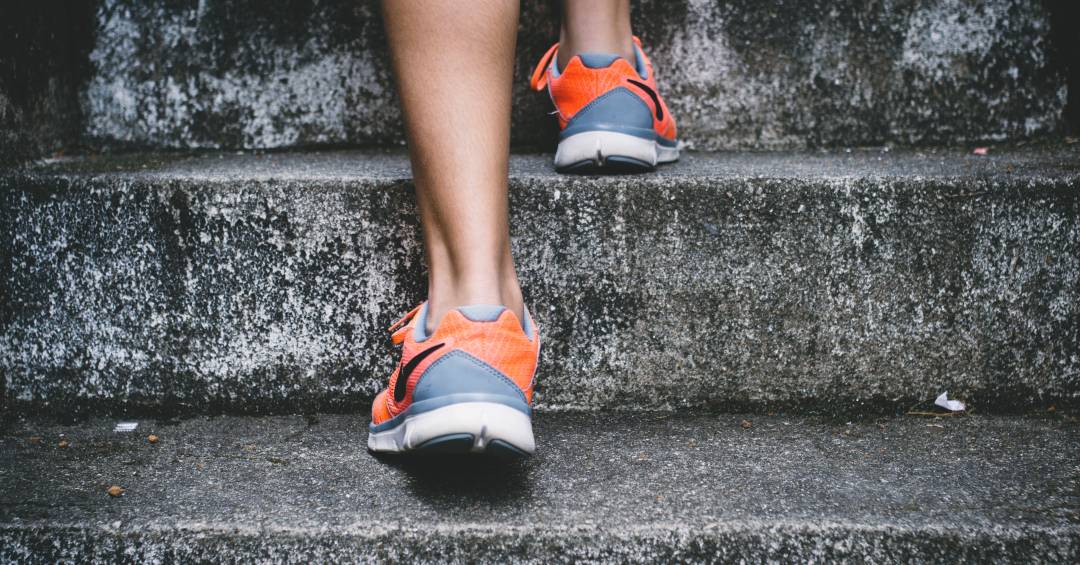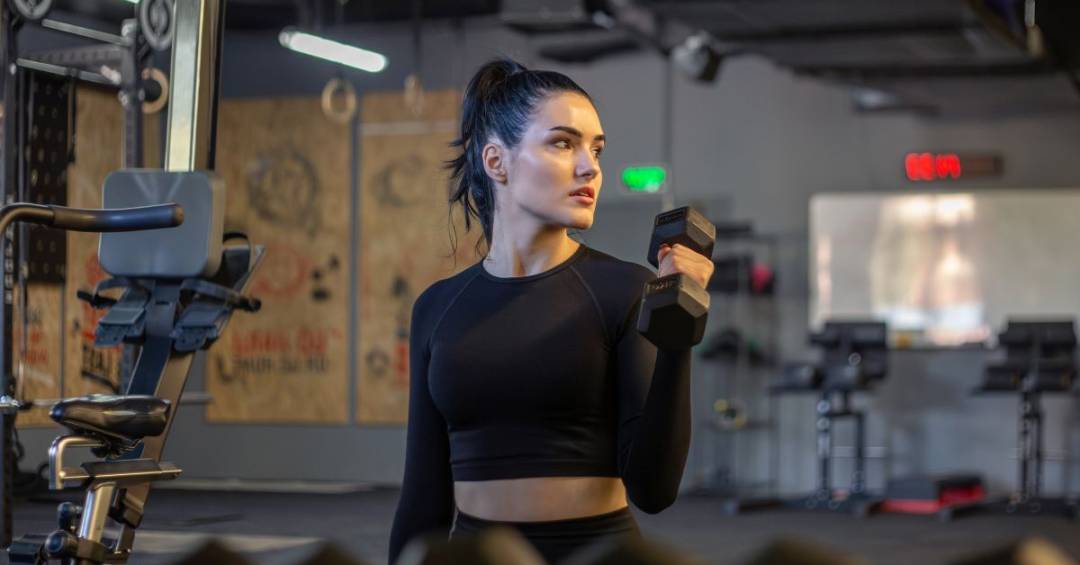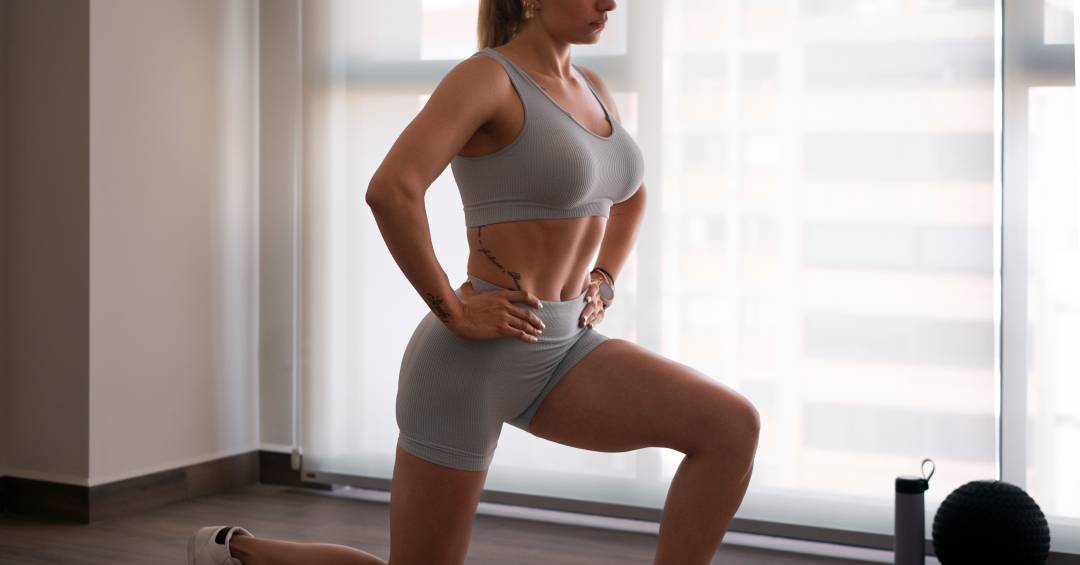

Can you be honest: you usually skip the calf exercises in training, are we right? Okay, everyone does (or has done) this from time to time. But here are some reasons why you should think twice before leaving the gym pretending you didn't see the movement on your training plan:
Calf: the “heart” of the leg
Did you know that the calf can be considered the heart of the legs? This is because the pumping of blood in the lower limbs is done through the muscles in this region, which is also known by the expression “calf muscle”.
The heart pumps high-pressure blood that reaches all the tissues in the body and this blood needs to return to the lungs through the venous system in order to be oxygenated again.
“While the heart is the main protagonist of the arterial system, the calf muscles are mainly responsible for the effective return of blood to the lungs. That is why we say that the calf is the heart of the legs. Therefore, it is easy to imagine that any situation where the calf does not function properly will worsen circulation, decreasing the speed of blood within the veins”, he states. Dra. Aline Lamaitavascular surgeon and member of the Brazilian Society of Angiology and Vascular Surgery.
According to her, when the calf muscles are left still, some problems can arise. “Situations where these muscles remain still for a long time can cause fluid retention in the legs, leading to swelling, heavy, tired legs and an increased predisposition to developing varicose veins and venous thrombosis,” explains the specialist.
Importance of exercising the calf
Taking into account that the calf muscles are essential for pumping blood to the lower limbsit is important to strengthen the region to enjoy circulation benefits.
“We know that, for example, obesity is one of the biggest aggravating factors of varicose vein disease. By controlling weight and practicing physical activity, we can greatly reduce the natural progression of the problems,” explains Aline.
The vascular surgeon also highlights that good sports performance can improve circulationwith physical exercise helping to improve vascular conditioning, “improving both venous and arterial function, and reducing the feeling of heaviness and tiredness”.
To prevent vascular problems, even the low impact exercises can be great allies, for example, walking, which, due to muscle contraction, increases the speed of flow in the veins.
“A valuable tip is to go for a walk with friends to improve circulation in your legs and promote the growth of new blood vessels. Those who are more apt to ‘pull iron’ can invest in weight training, one of the most beneficial exercises for those who want to improve their quality of life. In addition to burning fat and gaining muscle, weight training protects the bones, improves posture, flexibility, physical resistance and, mainly, circulation, since, as it consists of more intense exercises, the modality makes the heart more active and healthy, normalizes blood pressure and combats cholesterol, thus protecting the body from cardiovascular diseases”, suggests the doctor.
It is essential perform bodybuilding correctly and with the help of a physical education professional to avoid possible complications, such as worsening varicose veins.
“Especially in people who have a genetic predisposition to varicose veins, the habit of holding one’s breath to lift weights can increase intra-abdominal pressure, which in turn can reduce venous return from the legs to the heart. In this way, the blood accumulated in the legs ends up increasing the pressure inside the veins in the region, which dilate and give rise to varicose veins,” warns the specialist.
Through some simple care, it is possible to alleviate the symptoms that arise due to circulation problems, such as using elastic compression stockings.
“As compression stockings “They stimulate leg circulation and are great for those who practice physical activities regularly, as they help to reduce the concentration of lactic and pyruvic acids in the muscle, which are responsible for causing muscle pain. This way, your workout will be more productive and you will feel less pain the next day,” explains Aline.
If you suffer from varicose veins, which consist of veins that can no longer perform their circulatory function, It is recommended to seek a specialized doctor before starting any type of physical activity..
“Those who suffer from varicose veins must see weight training as an ally in treatment, since hypertrophy of the calf, the heart of the legs, is essential for controlling venous disease, in addition to being a great way to prevent diseases such as thrombosis and pulmonary embolism,” adds the doctor.
Top exercises for your calves
Heel raises
- Standing with your legs hip-width apart. Feet with the tips pointing forward, parallel to each other;
- Raise your heels until only your toes are on the floor. That's one rep.
Heel lifts – toes inwards
- Standing with your legs hip-width apart. Feet with the tips pointing towards the center;
- Raise your heels and return. That's one rep.
Heel lifts – toes out
- Standing with your legs hip-width apart, toes pointing outwards and heels almost touching each other;
- Raise your heels and return. That's one rep.
Unilateral heel raise
- Standing with your legs hip-width apart. Feet with the tips parallel;
- Bend your left knee and hold the position;
- Lift your right heel and return. That's one rep. Repeat 15 times, then switch sides.
Seated Heel Raises
- Sit down and keep your spine straight. Support two dumbbells and weights on your knees;
- Place your toes on a step or yoga block. Press your heels down toward the floor, then raise them by stepping your toes onto the block or step. Repeat 15 times.
Weighted Heel Raises
- Standing with legs hip-width apart. Feet parallel;
- Hold a dumbbell or weight plate in each hand. Raise your heels and return to the floor;
- Repeat 15 times.
Step up with jump
- You will need a step, box or bench. Standing facing the step, step on it with your right foot and keep your left foot on the ground;
- Transfer your weight to the foot on the step, lifting your foot off the ground as if you were going to step up. Take a short jump towards the ceiling;
- Return to the starting position and repeat the movement 15 times. Then, alternate sides.

